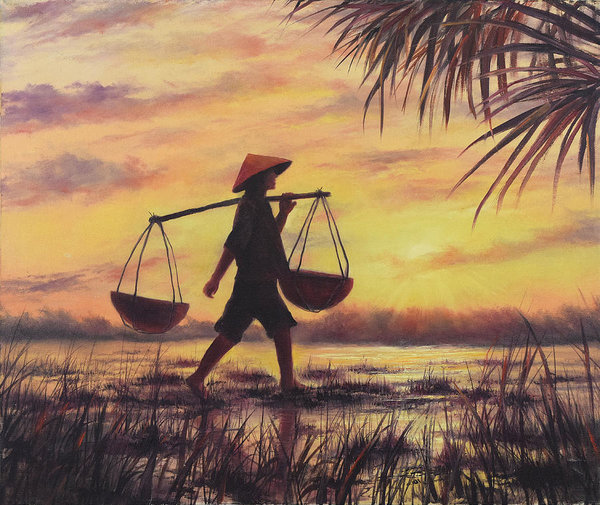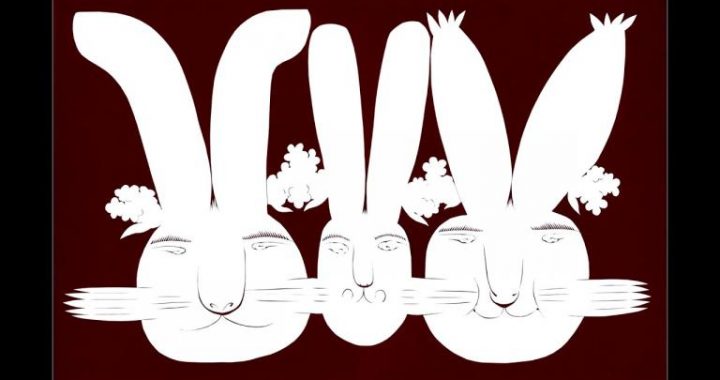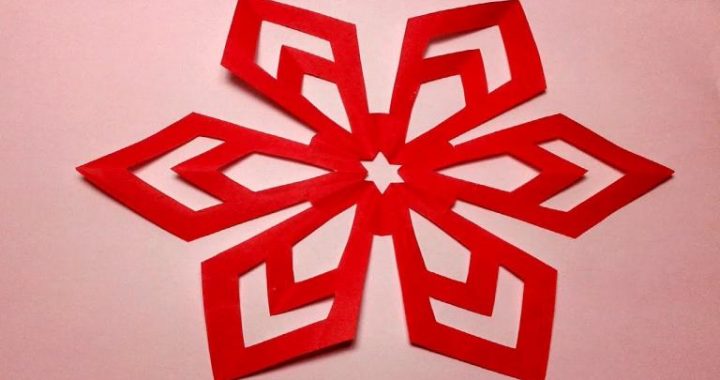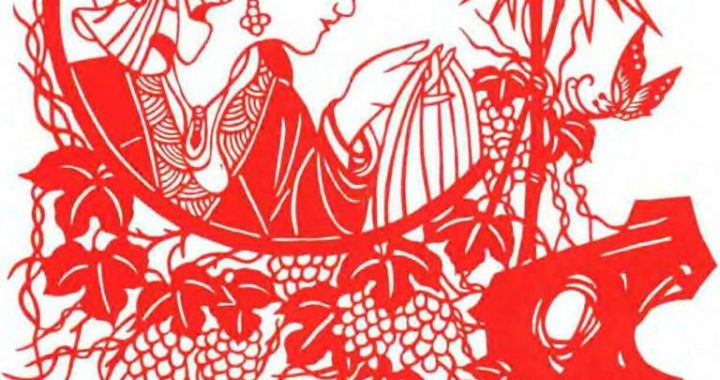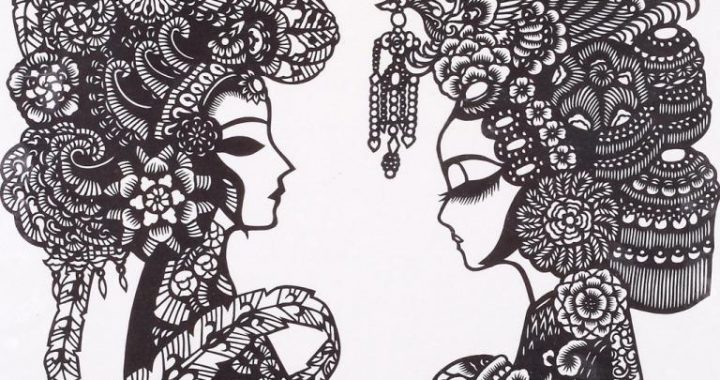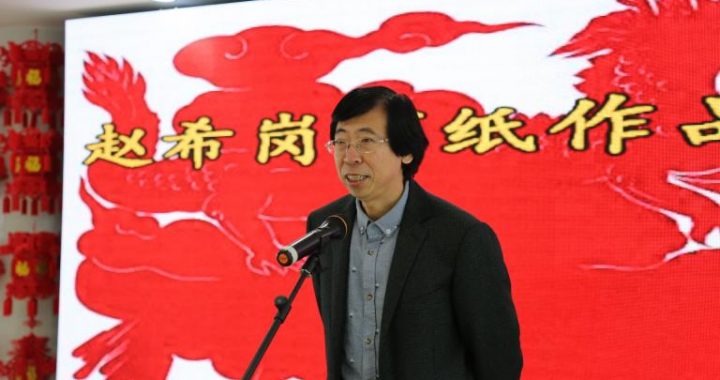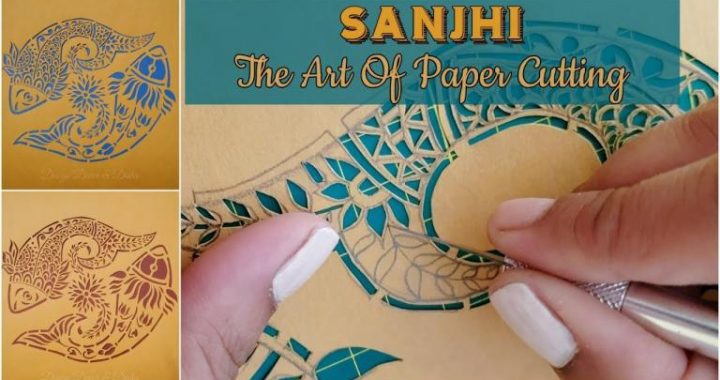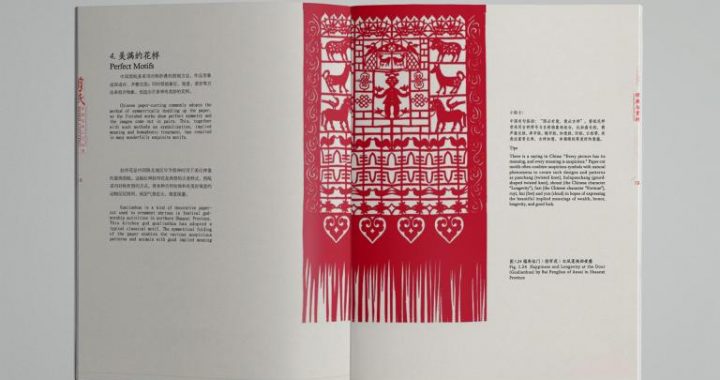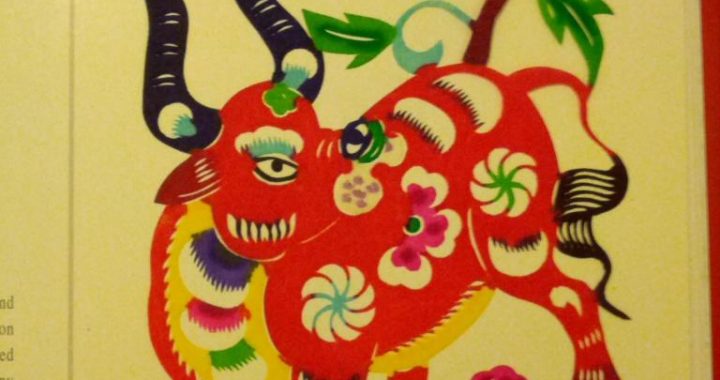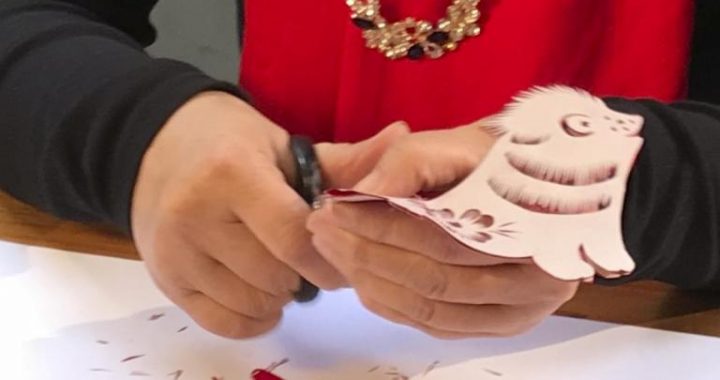The Characteristics and Major Types of Chinese Farmers
5 min readCharacteristics
The characteristics possessed by Chinese farmers’paintings in subjects,color and techniques make it rather a unique form of art.
Subjects
The subjects of Chinese farmers’paintings are taken from the experience of the daily lifein rural communities.They show trivial activities like coming home from a market or having dinner; they display events like a marriage or a Spring Festival procession or they express the happiness of farmers or good wishes, such as a stable full of healthy cattle, happy children, sweet home, electricity, etc. With subjects focusing on simple and small things in the countryside, these paintings reveal farmers’ understanding of life and their expectation fora betterlife.
Colors
The typical Chinese farmers’ painting is hand-painted with gouache watercolors on paper. Different from sketches, farmers’ painting should not be valued by the detailed accuracy.
Farmers use color to show what they feel rather than what they see and they draw the pictures following their feelings. Therefore, the color of the grounding is mainly deep and colors like red, purple, blue are usually applied. These colors are rather brilliant and vibrant, which makes the whole compositions look naive. It may seem naive at first sight, but it should by no means be underestimated because they are the right style to show the rustic rural life.
Techniques
Generally speaking, farmers resort to intense colors, simple and clear line to detail their feelings and understandings of the world. Some of the farmers’ paintings use the keyline technique which is adopted from ukiyoe, Japanese woodblock prints. The whole design is drawn with strong black outlines, and then the areas are filled with colors. Many of the Chinese poster designs use the same technique.
Some farmers use a more refined technique called gradation to draw paintings which is a passing by barely perceptible degrees from one color to another.
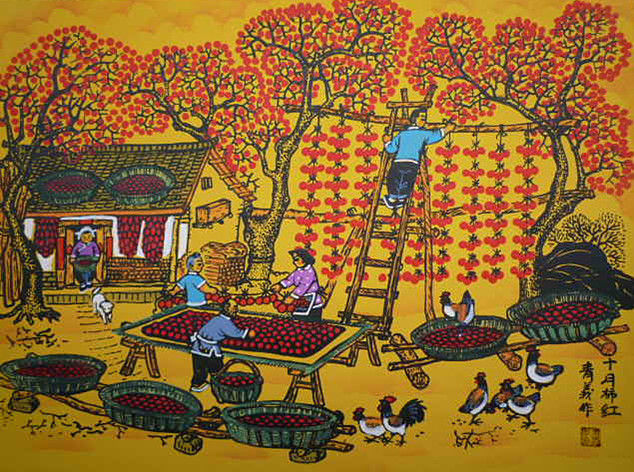
Major Types
Chinese farmers’ painting mainly refers to the auspicious handmade or printed drawing, with strong rural characteristics. Since the 19 50s several painting centers have came into being: Longmen(Guangdong Province), Huxian(Shaanxi Province), and Jinshan(Shanghai).
People often regard the farmers’ painting of Longmen, Guangdong, representing the southern areas, the farmers painting of Jinshan, Shanghai, representing the eastern areas, and the farmers paintings of Huxian of Shaanxi representing the northern areas as the three major types of Chinese farmers’ paintings. The three villages play very important roles in the development of farmers’ painting.
In addition to the paintings in these three places, some other paintings like New Year Paintings, which are pasted onto doors, walls, cornice and furniture of homes, business establishments, and temples in Chinese villages and towns during the Spring Festival are also regarded as some of the most influential painting forms of farmers’ painting.
Longmen
Longmen County is located in South China’s Guangdong Province. Surrounded by picturesque scenery, the local people have kept up the fine tradition of drawing the dynamic scenes of their daily life. For their outstanding achievements in developing this folk art since 1970s, the State Ministry of Culture in 1988 awarded the region the honorary title ofa “Village of Chinese Modern Farmers’ Painting.”
The most salient feature of Longmen Farmers’ Paintings is their bright and contrasting colors. Using bright colors and exaggerated depictions, the artworks usually boast profound morals. The farmer-artists mainly take festivities, local customs and work scenes in the fields as their subject matter. The terse and crisp style vividly outlines the place’s beautiful landscape, farmers’ cozy family lives, lively atmosphere on the farmland, and jubilant festivals, fully demonstrating the modern artistic features.
The artworks demonstrate the heart and soul of the farmer artists. The composition, color, shape and pattern clearly show the profound cultural background of these works. While emitting the flavor of modern arts, the works also boast high value for academic researches and collection.
Huxian
Huxian County, with a population of only 500,000, has been commonly known as “Home of Painting”, not only because the place has a picturesque landscape, but also everyone there loves painting and most of the painters are farmers. These farmers have stepped out of Shaanxi, as well as China, to the world.
Developing from traditional paper-cut, embroidery and other folk arts, farmers’ painting in Huxian County, long-lasting, has come out with a great number of fine works in the last 50
years. The total works add up to 30,000, among which 1,500 pieces have been published in periodicals of the state level,428 have gained reward in exhibitions of fine arts in the mainland,4,500 have been selected to show to 48 nations and regions, and over 18,700 pieces of works have been collected by international friends and in overseas museums.
The expression techniques of the Huxian County farmers’ painting bear an obvious local trace. Bright red and purple take a predominant place in the works of Huxian County farmers’
painting. Peculiar and exaggerated in depiction, the works possess profound implication. They are concise and lively in style. The picturesque landscape, lifelike life in the rural area, grand scenes of working and the scenes of joyful festival celebrations are all covered, fully reflecting the characteristics of the modern folk art. Not only are their hands employed in their painting, but also their hearts. The design, sculpting and color all symbolize abundant cultural contents, brim with the taste of modern art, and possess high academic and collective value.
Jinshan
Jinshan District is located in the southwest of Shanghai and it is not until 19 70s that local farmers developed folk painting in Fengjing town of this district, which combines elements from traditional arts, such as paper-cuts, embroidery and knitting.
The works of Jinshan farmers have been exhibited around the world in more than20 countries, and more than 200 pieces have been collected by the National Art Museum of China, the Research Institute of Chinese Paintings and the China Folk Arts Museum.
Drawing from their life experiences and romantic imaginations, the people of the land have created many paintings full of freshness and images of the Shanghai countryside. With simple subjects rendered in bold colors, these beautiful works of art have gained the name of “Jinshan Farmers’ Painting”and the creative farmer artists are even considered “Chinese Picassos”.
The “primitive”painters usually use a wide range of striking colors across the canvas.
Instead of exploring modern urban reality, traditional rural themes such as fishing, cloth dyeing, spinning, and market scenes are preferred. Figures and objects are usually drawnin a way that most may consider “childish”.
